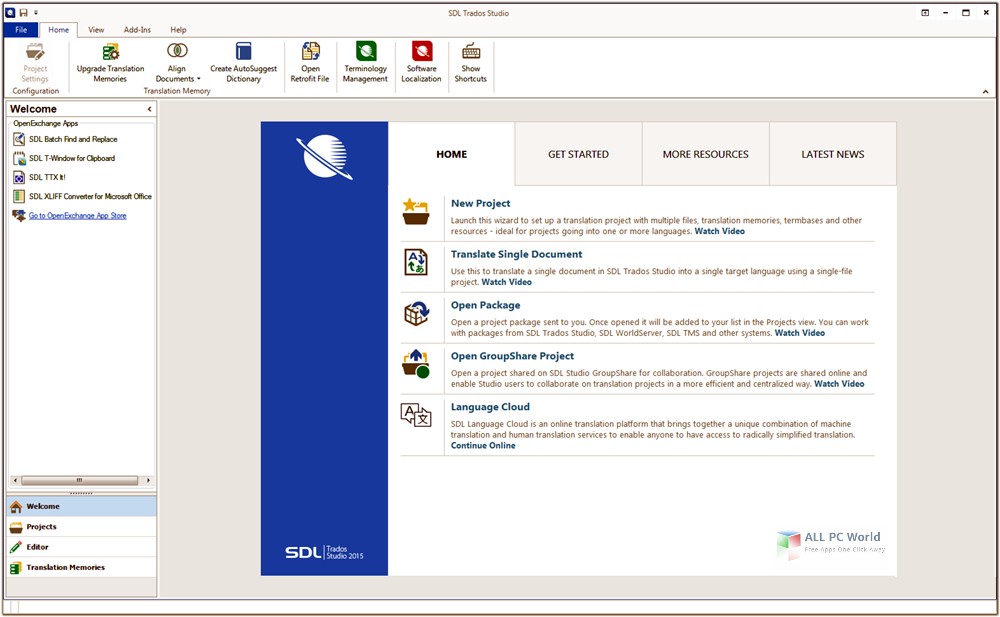

Look out for our upcoming blog for more information on our Customer Experience Program and telemetry in SDL Trados Studio. This will be like “gold dust" for us – as it will also allow us over time to add these search terms to the Tell Me database, so that in future updates we can ensure that those terms will also lead to successfully finding a setting or command. Last, but not least, we will also find out what search terms are unsuccessful. We will also see how many users are accessing the help for an item they were searching. This means we will be able to see what search terms work best and lead our users to the commands they were looking for. Fully anonymously, of course, and fully GDPR-compliant.

What do we mean by that? For those users that have joined the program, we will be able to analyze their usage of Tell Me. Have you joined our customer experience program when you first installed SDL Trados Studio? Great, thank you, since this means that you will feed into enhancing Tell Me over time! Have you Joined our Customer Experience Program? Try different alternative search terms – you will often still find what you need. You don’t always need to know the exact name of the command. This is what we mean by “discovering" Studio’s rich functionality. Even if you don’t know this, it does not necessarily mean that this stops you from finding what you are looking for: you can also search for “save translation", for example, and it will lead you to the same command. In the Studio UI, this command is referred to as Save Target As. Often, “synonyms" of the search terms, or alternative ways of referring to a certain command, will also lead you to the same item.įor instance, say you don’t know the name for the command that saves your document in the target language. Tell Me technology doesn’t just give you access to the SDL Trados Studio features in precisely the same way as they are called in the user interface. This can save valuable time – especially if the Input Method Editor (IME) is currently set to English anyway. While you can of course use search terms in these languages, you can also just look for the English equivalent. The bilingual search is specifically useful in the Asian user interface languages – Japanese, Chinese and Korean. In this case, it is great just to be able to look for “notes" and find the corresponding setting in the German UI instantly. Is it “Notizen übersetzen"? Or is it “Hinweise übersetzen"? If you search for the latter, you might not find anything. Suppose that you don’t know how the Microsoft PowerPoint file type setting “Translate notes" has been translated into German (which, let’s also assume, is your currently used UI language). This broadens the search scope – and chances for success – significantly.Īs an example, let’s come back to the use case I described in my previous blog. This can be a problem solver when you happen to know a certain command in English, but not in the current UI language. This means you can always search for settings and commands in the currently active Studio user interface (UI) language, as well as in English. First of all, the search in Tell Me is in fact bilingual.


 0 kommentar(er)
0 kommentar(er)
